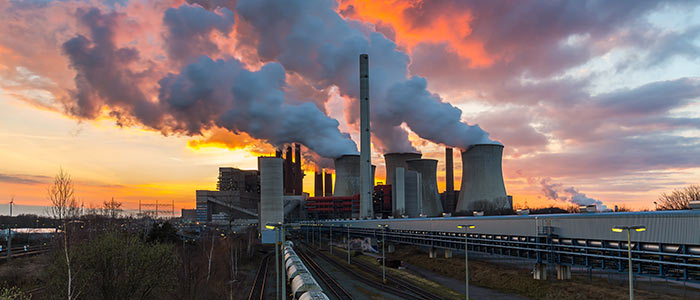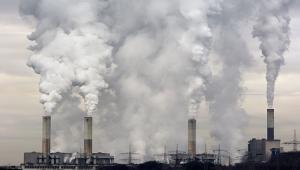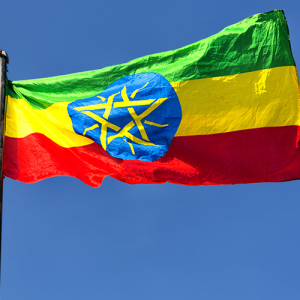Web_GreenhouseGasses_shutterstock_314808188.jpg

Greenhouse gas emissions
Since the start of 2015, four new mechanisms to charge polluters for their carbon emissions have been launched, in Korea, Portugal, Canada’s British Columbia province and Australia. This makes a total of 40 countries and over 20 cities, states and regions that are taking notice of the growing role for emissions reduction as a source of revenue.
John Roome, senior director for climate change at the World Bank, pointed out that such schemes also bring benefits for people’s health and the environment, while directing investment towards a low-carbon future.
“Putting a price on carbon pollution is essential to help countries deliver on their promises for the Paris climate change agreement, as it’s an efficient and effective way to help cut emissions and send a clear signal to the private sector to invest in cleaner, greener growth.”
This year, China also announced plans to launch a national emissions trading scheme in early 2017. As the world’s largest emitter, responsible for almost 30% of global emissions last year, this could have a major impact on the world’s pollution, and the overall value of carbon pricing initiatives.
The bank estimates if implemented, China’s emissions scheme would double the worth of carbon pricing to $100bn.
After generating almost $1bn in revenue in 2014 from its carbon tax, Mexico has also revealed plans to put in place the framework to implement a national carbon market in 2018. Canada is also considering nation-wide carbon pricing.
Current pricing schemes cover 13% of global CO₂ emissions and are in place in countries accounting for a quarter of all greenhouse gas emissions, including seven of the ten largest economies.
The World Bank said the historic climate change summit in Paris last December, known as COP21, galvanised global support for carbon pricing.
COP21 saw more than 100 countries submit national plans for reducing emissions in hope of keeping global temperature rises within an agreed limit of “well below” 1.5°C.
More than 90 of these mentioned emissions trading systems, carbon taxes or other carbon pricing mechanisms in their national plans.
The International Monetary Fund has said such schemes should be “front and centre” in addressing climate change.
However in December, the OECD warned that its member states are “woefully lacking” in their efforts to put a price on carbon, with 90% of all emissions priced too low and 60% of those not priced at all.
The US, which is the world’s second largest emitter responsible for 16% of all emissions, has no carbon pricing scheme. Others, including Russia, are also resisting moves to carbon taxation.













